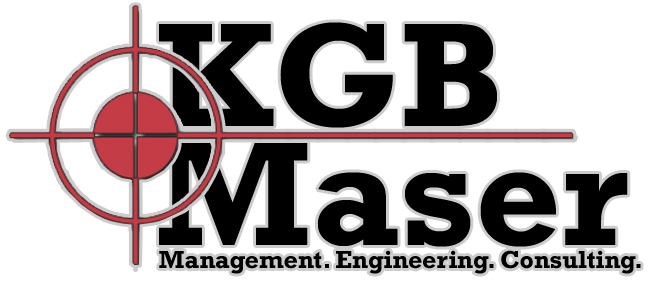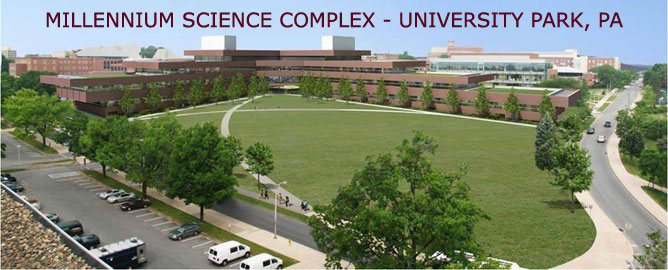REFLECTIONS
ABET Outcome Survey (Click title or image below for PDF)
As part of requirements for Penn State Architectural Engineering, KGB Maser has participated in a personal reflection of the AE program in relation to ABET standards for academic certification. The document below reflects KGB Maser as a team. We have all agreed on the selected outcomes in the following survey:
Team Reflection
Over the last year, we have gained useful experience and knowledge from participating in the IPD/BIM Thesis. We hope to be able to apply these lessons in systems design, BIM integration, IPD process, and teamwork throughout our careers.
Working with students from each of the mechanical, construction management, lighting/electrical, and structural disciplines within Architectural Engineering has allowed for a more comprehensive design process. Each student had his own discipline specific goals for our redesign of the Millennium Science Complex. The individual goals needed to be addressed in and for coherence with the overall team goals. This process resulted in a more thorough understanding of other disciplines design needs and intents. Ample team meetings and conversations needed to take place to voice opinions on design issues, gain insight from other team members, and explain reasoning behind stances on issues. Often times, conversations escalated to arguments that proved to result many times in the best decision once fervently analyzed.
BIM software was another key component of the team’s redesign process. Revit Architecture and Revit MEP were used predominantly to convey design within the model. However, most of the in-depth analysis work completed was outside of Revit MEP. Additional time was needed to make the model work the way we had wished. Changing chilled beam families, altering ductwork properties, ensuring distribution systems placement through castellated members, and updating chilled beams with CFM, GPM and pressure loss characteristics took much longer than anticipated. Additionally, some aspects of the design were not conducive to model sharing between BIM software. In instances of daylight analysis and structural analysis, models had to be rebuilt by team members to be used in the program. However, the result was a model that reflected the design intent and that could be easily communicated between team members, and potential end users of the model.
In all, the IPD/BIM Thesis required more time spent on coordination and communication. However, the experiences from interacting with other disciplines and using BIM software will be extremely valuable lessons for all involved as our careers begin. Many companies that are available to graduating AEs are either full-service or participate in joint-venture projects. This pilot program has given each of us an advantage over most academic programs and prepared us for work in the IPD/BIM work environment. We are thankful for having participated in the program and hope that it becomes a growing trend both here at Penn State and in the academic community.
- Jason Brognano, Michael Gilroy,
David Maser, Stephen Kijak
Penn State Architectural Engineering
Class of 2011


.jpg)
.jpg)

.jpg)